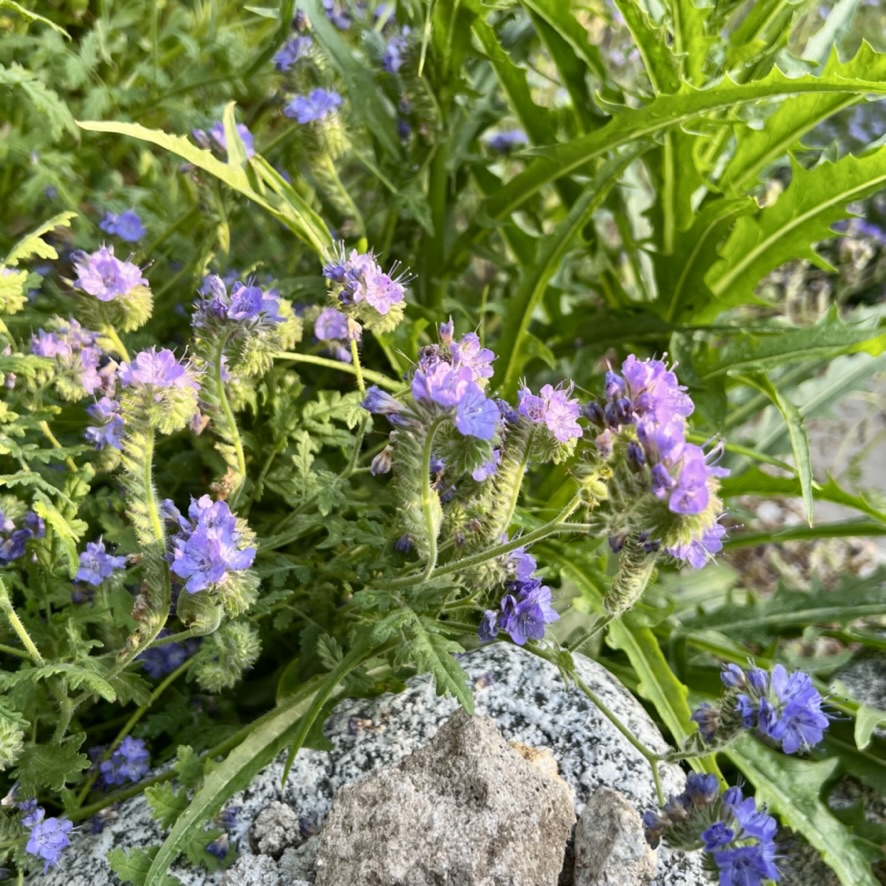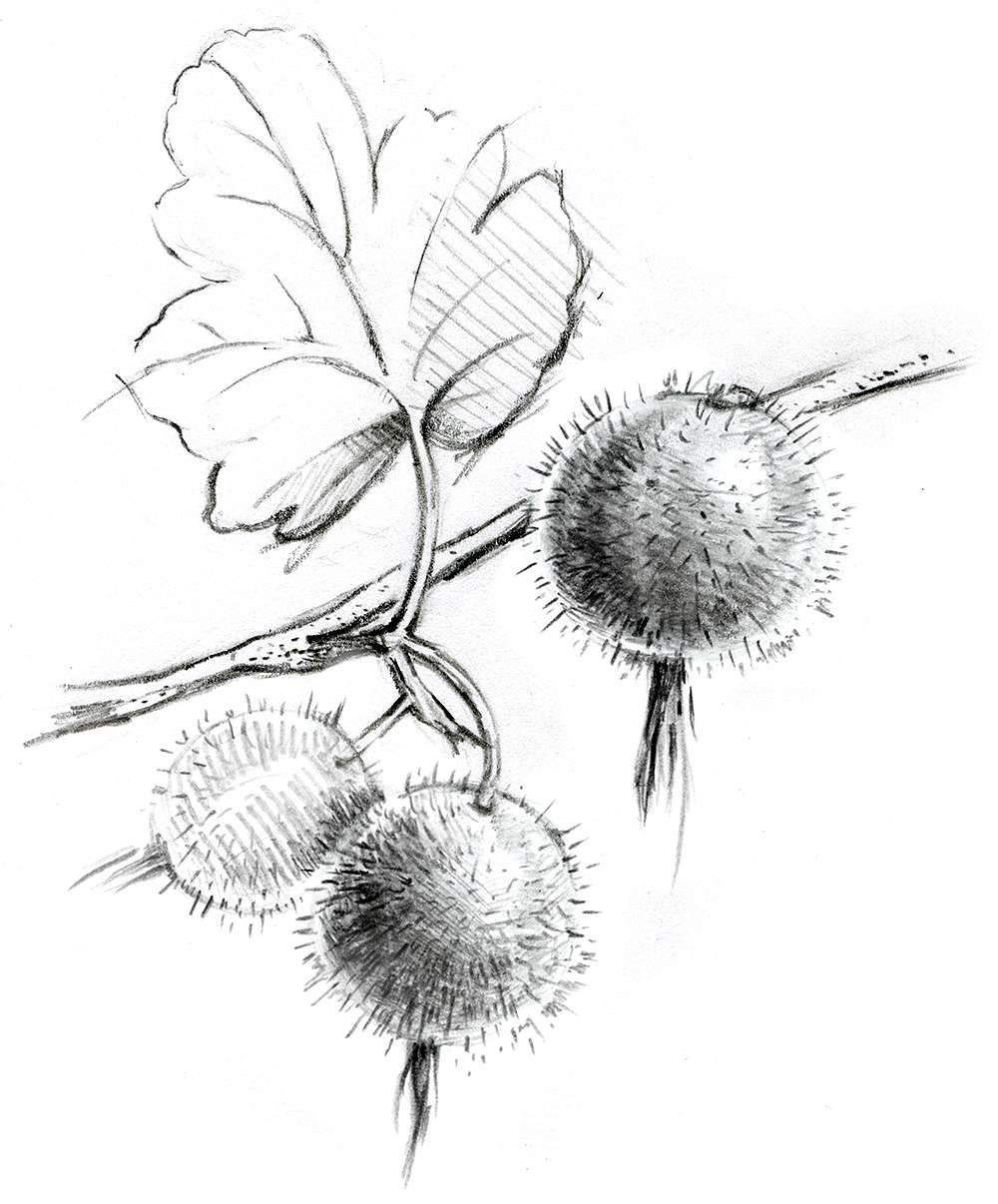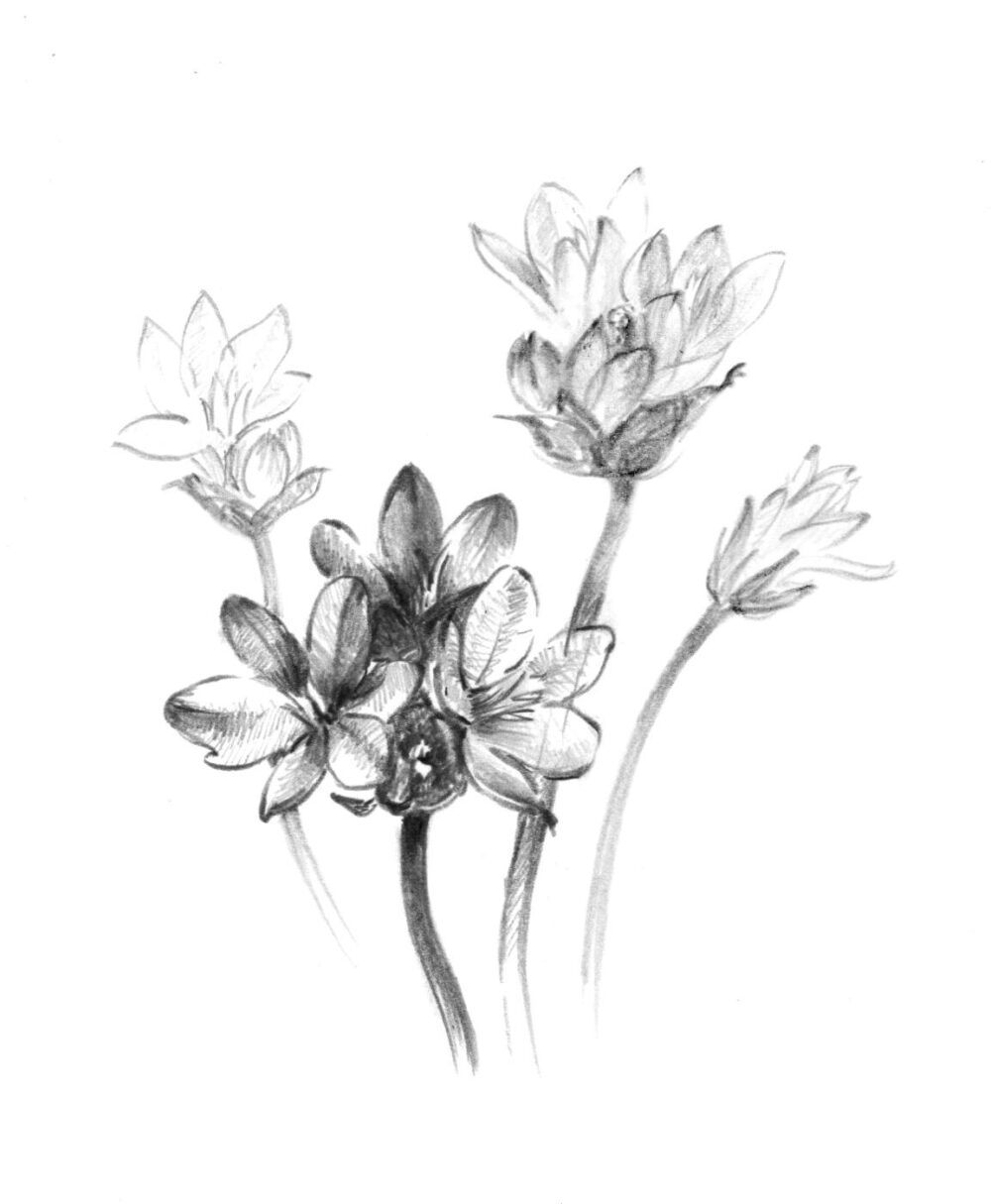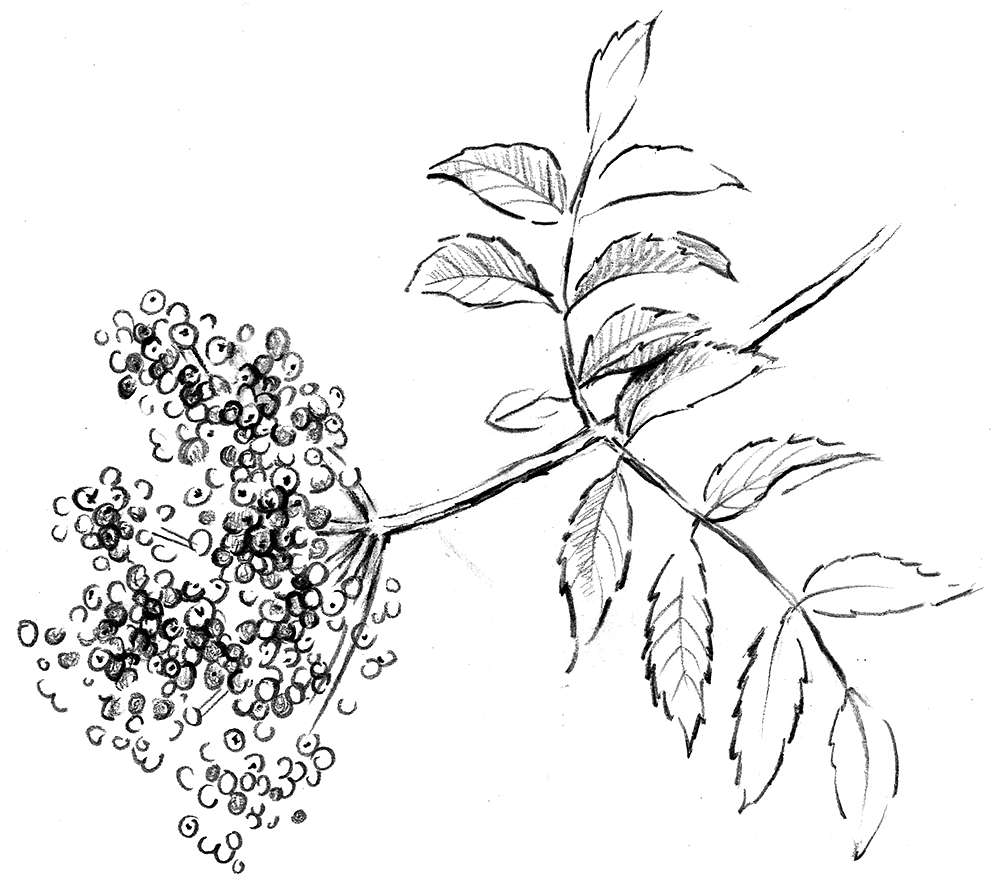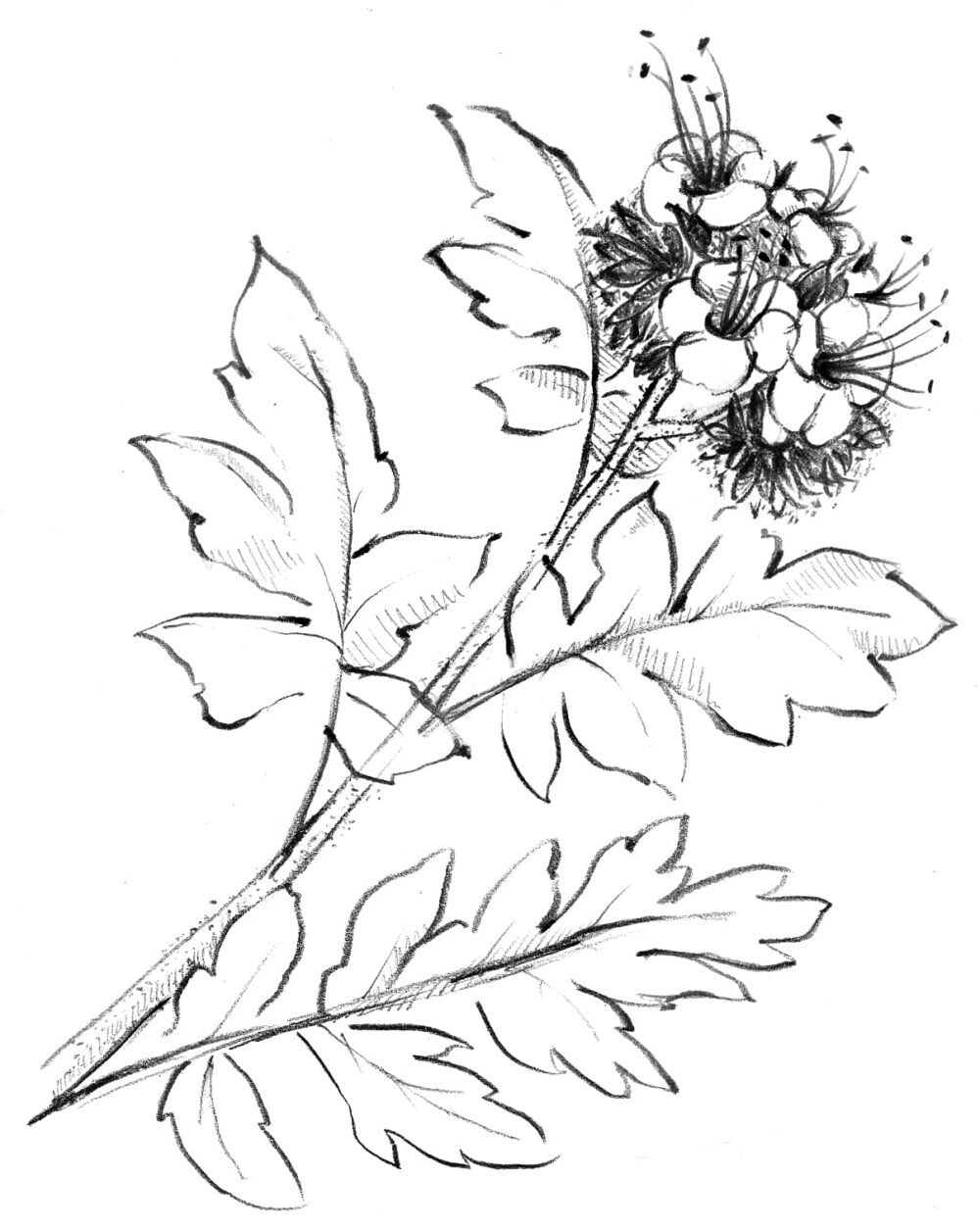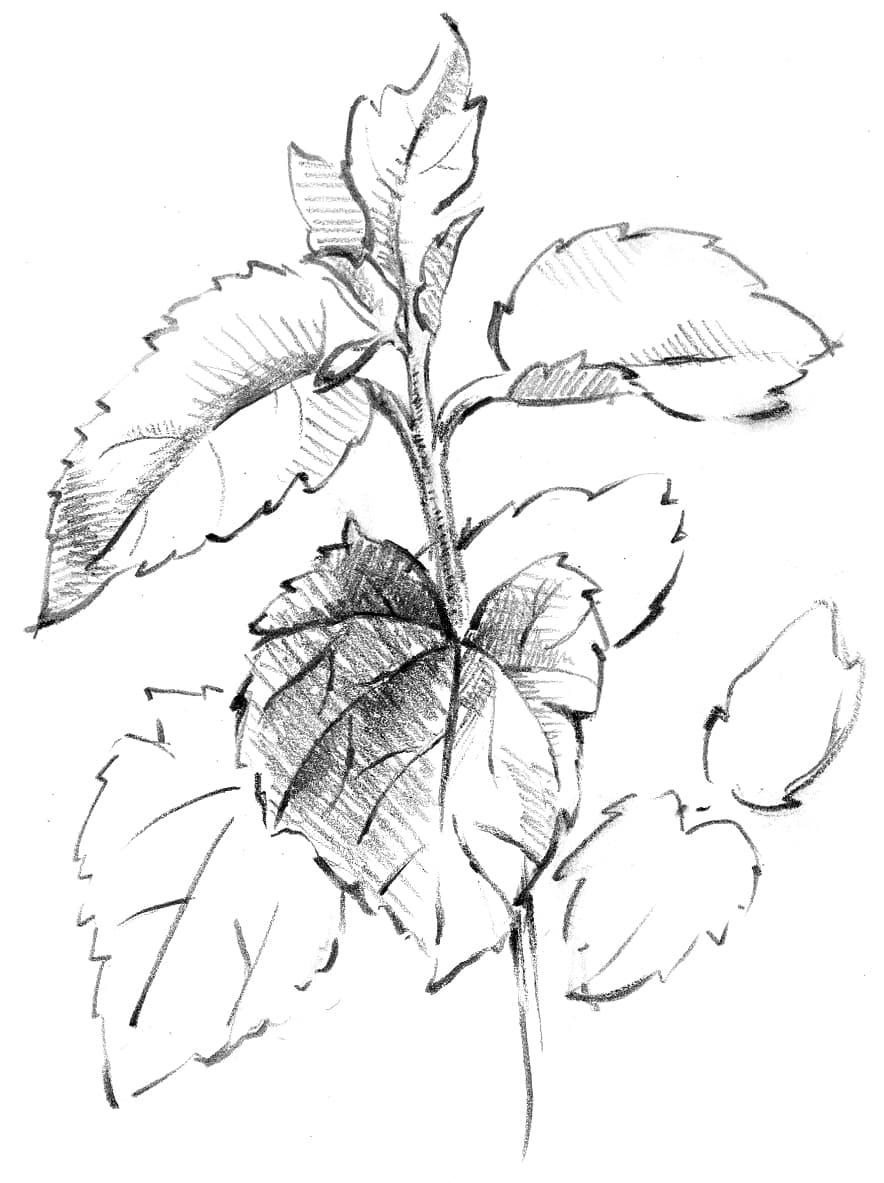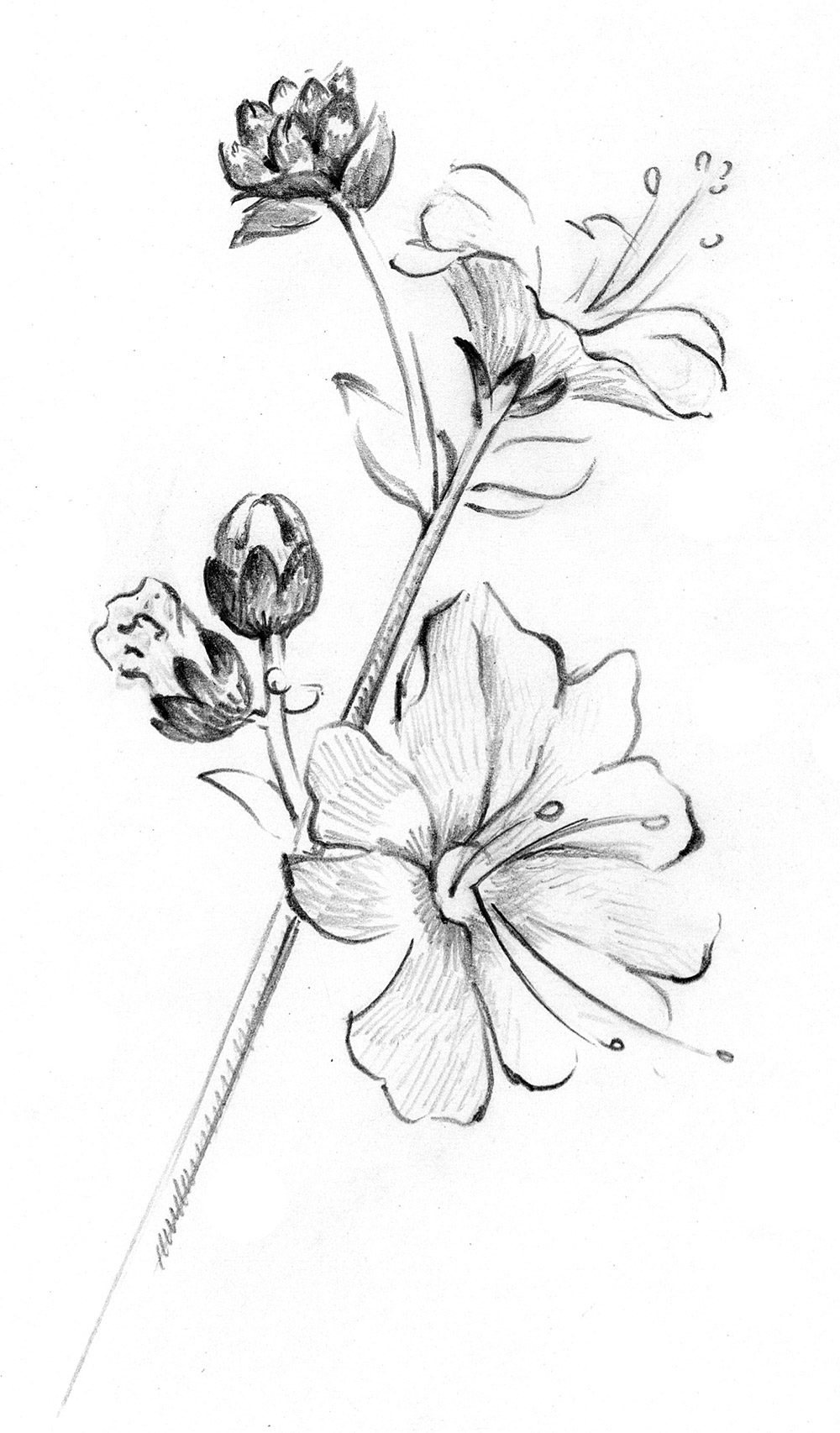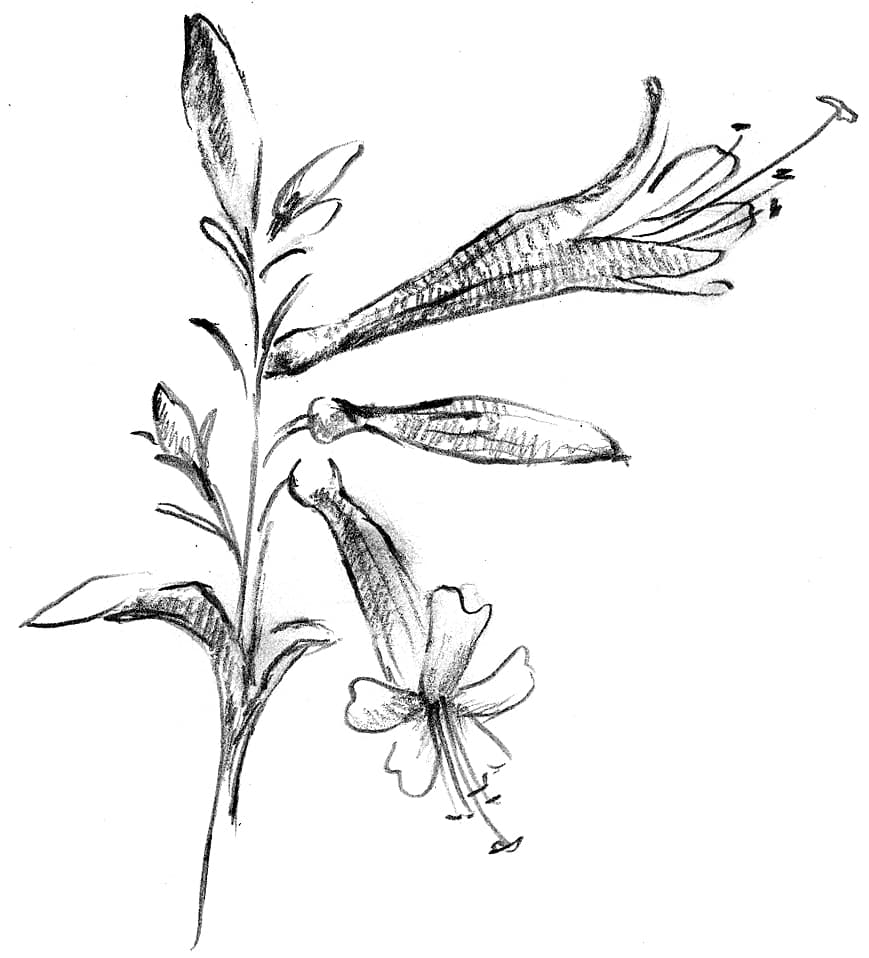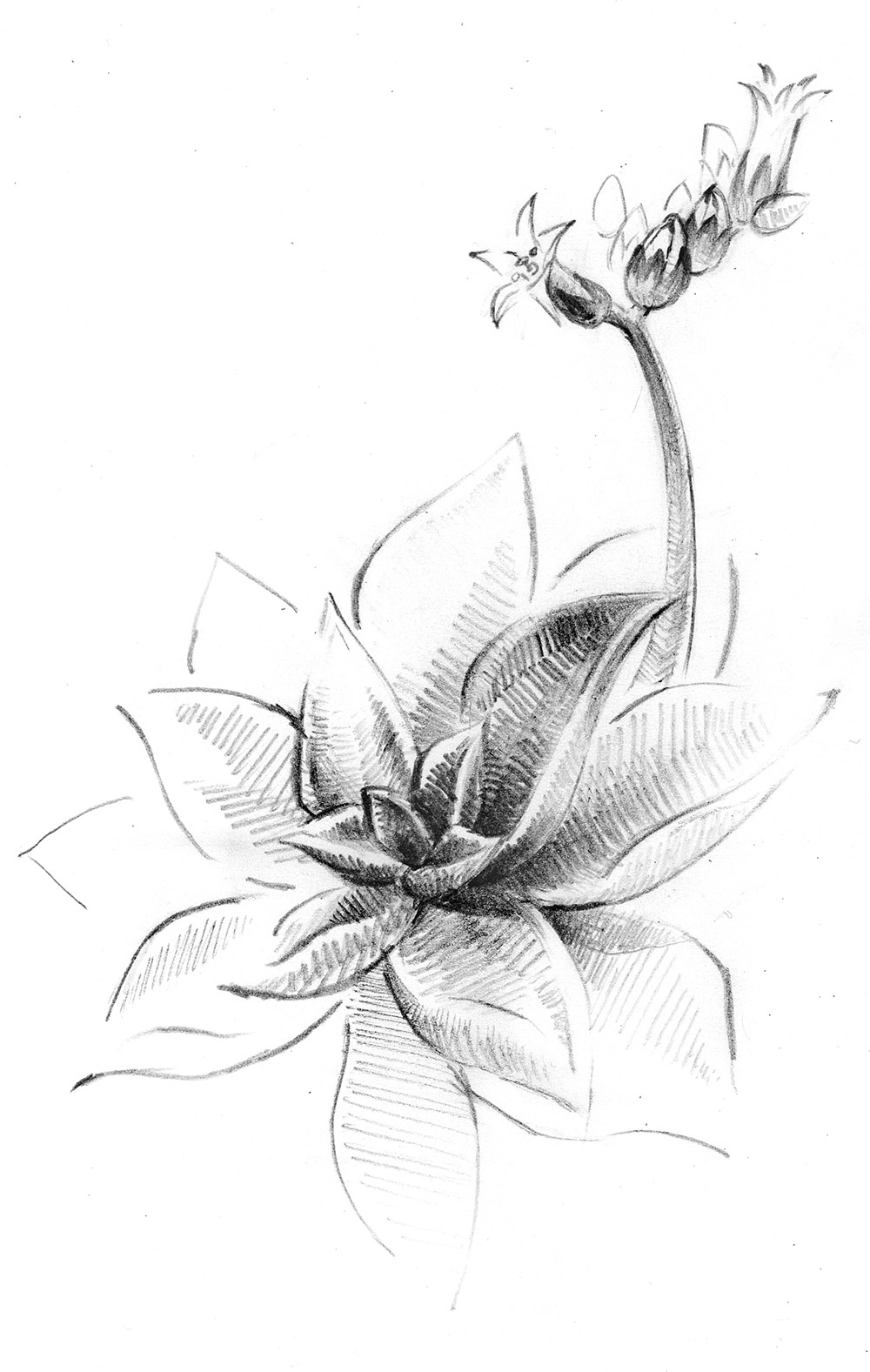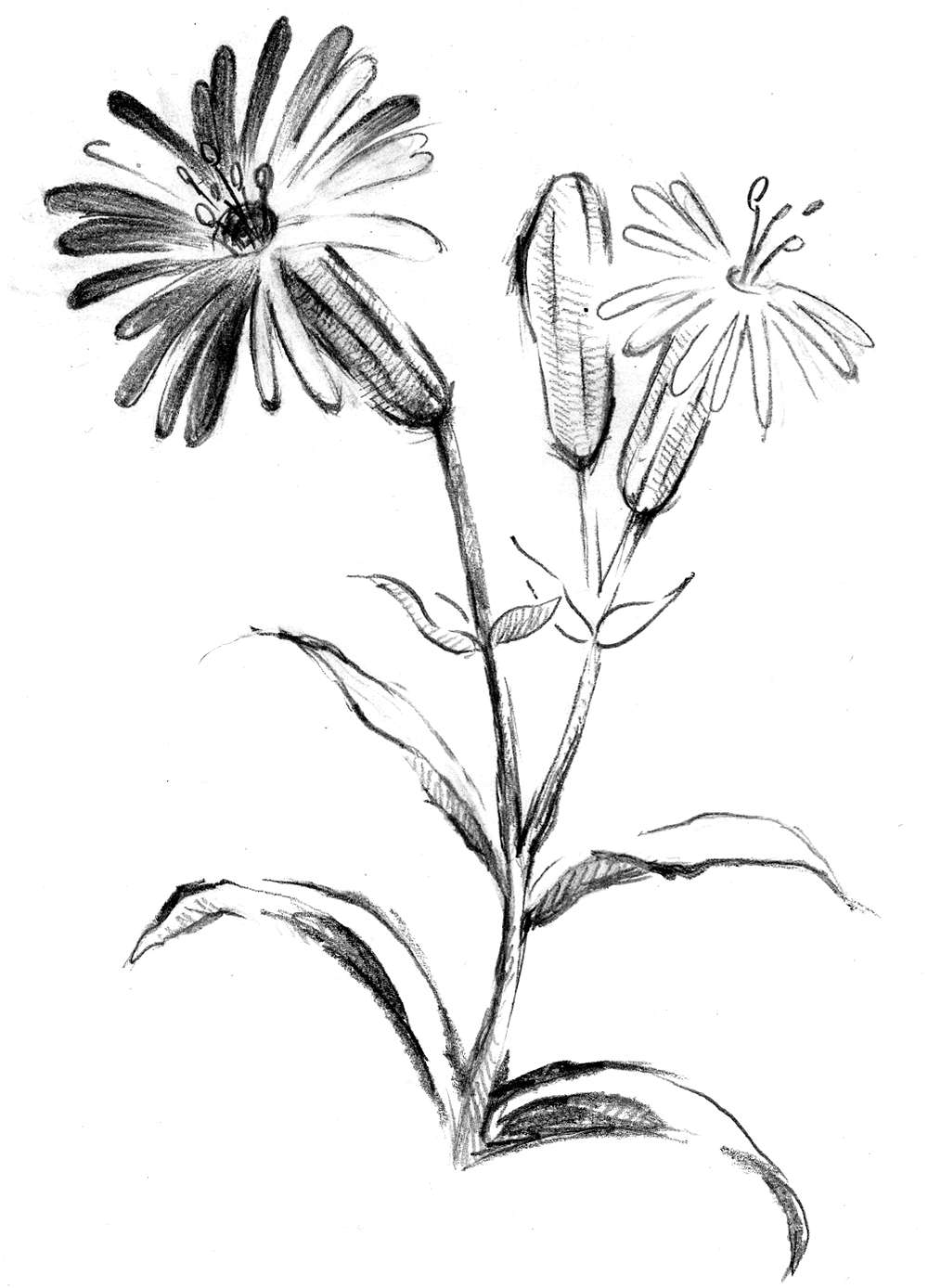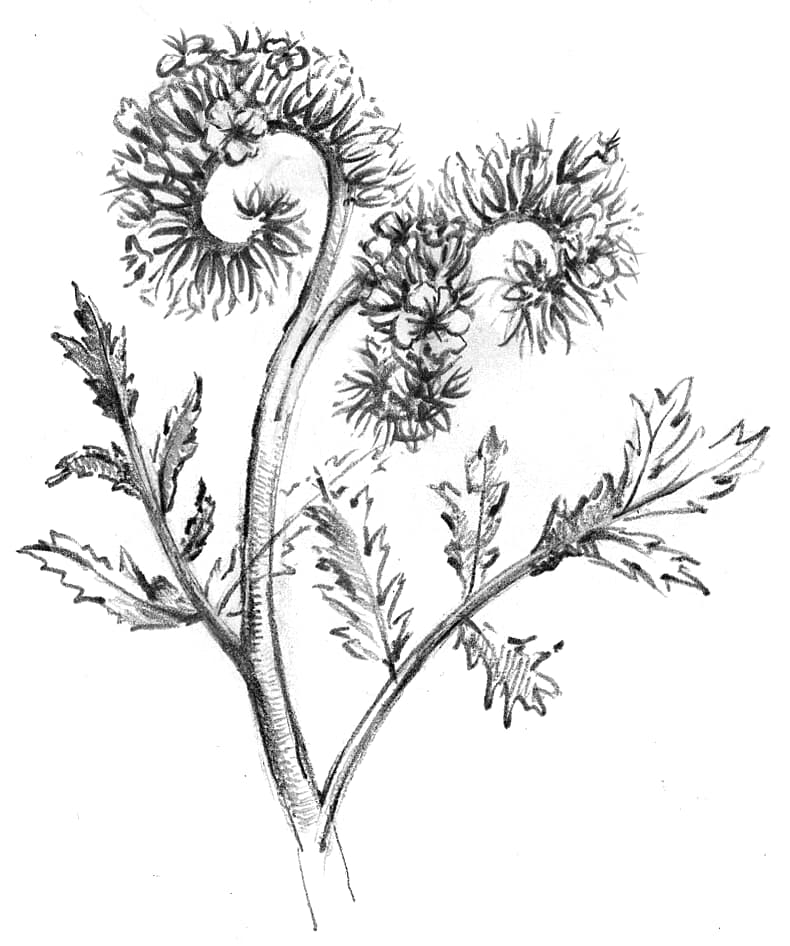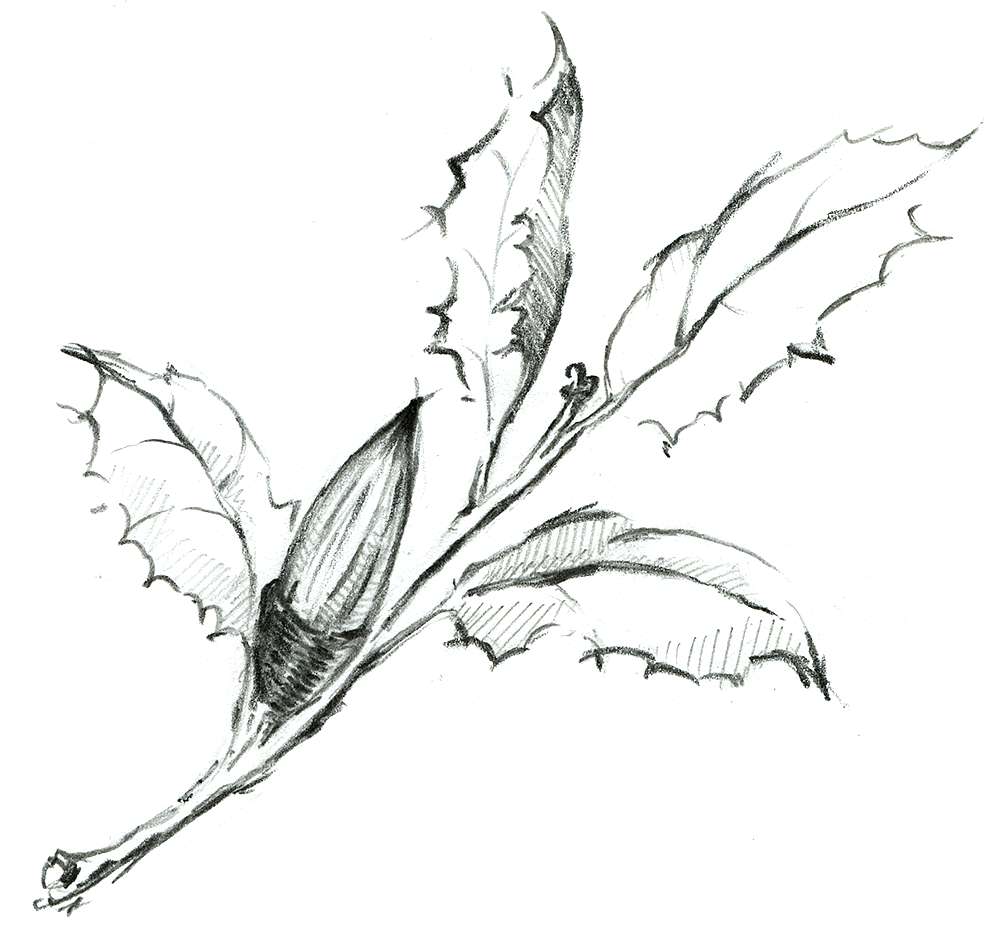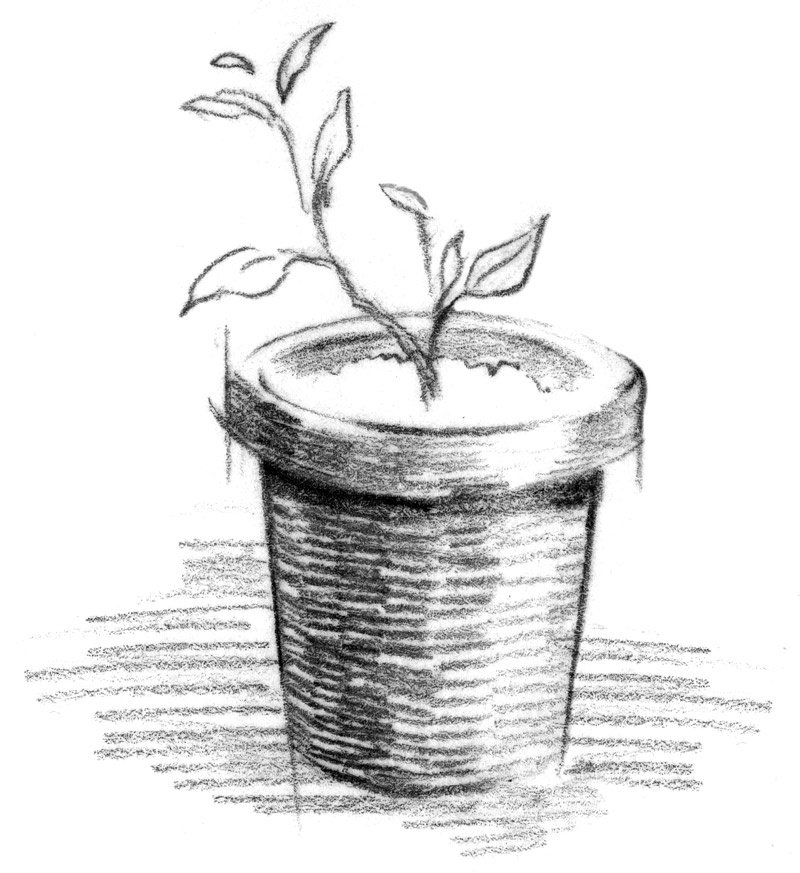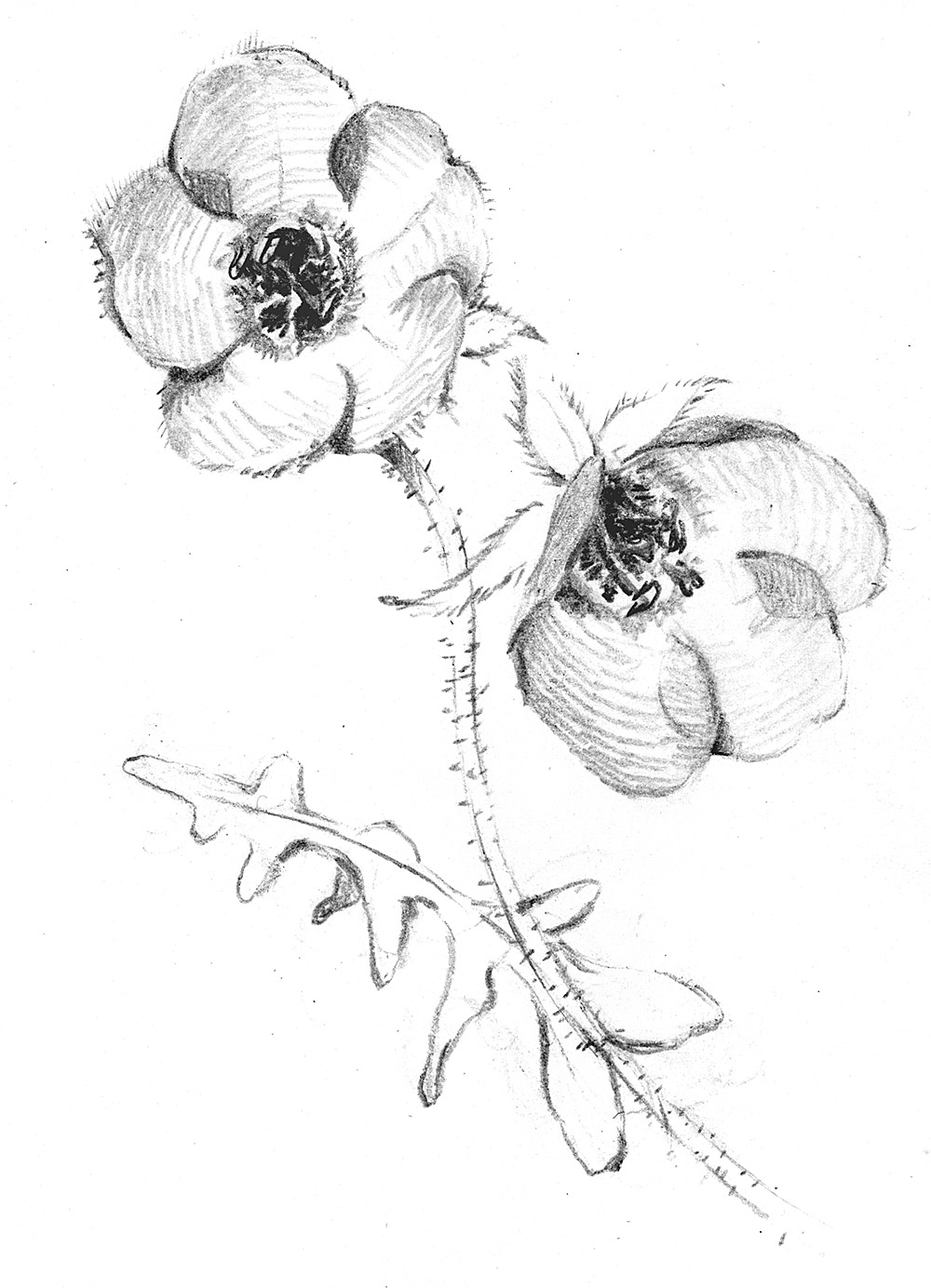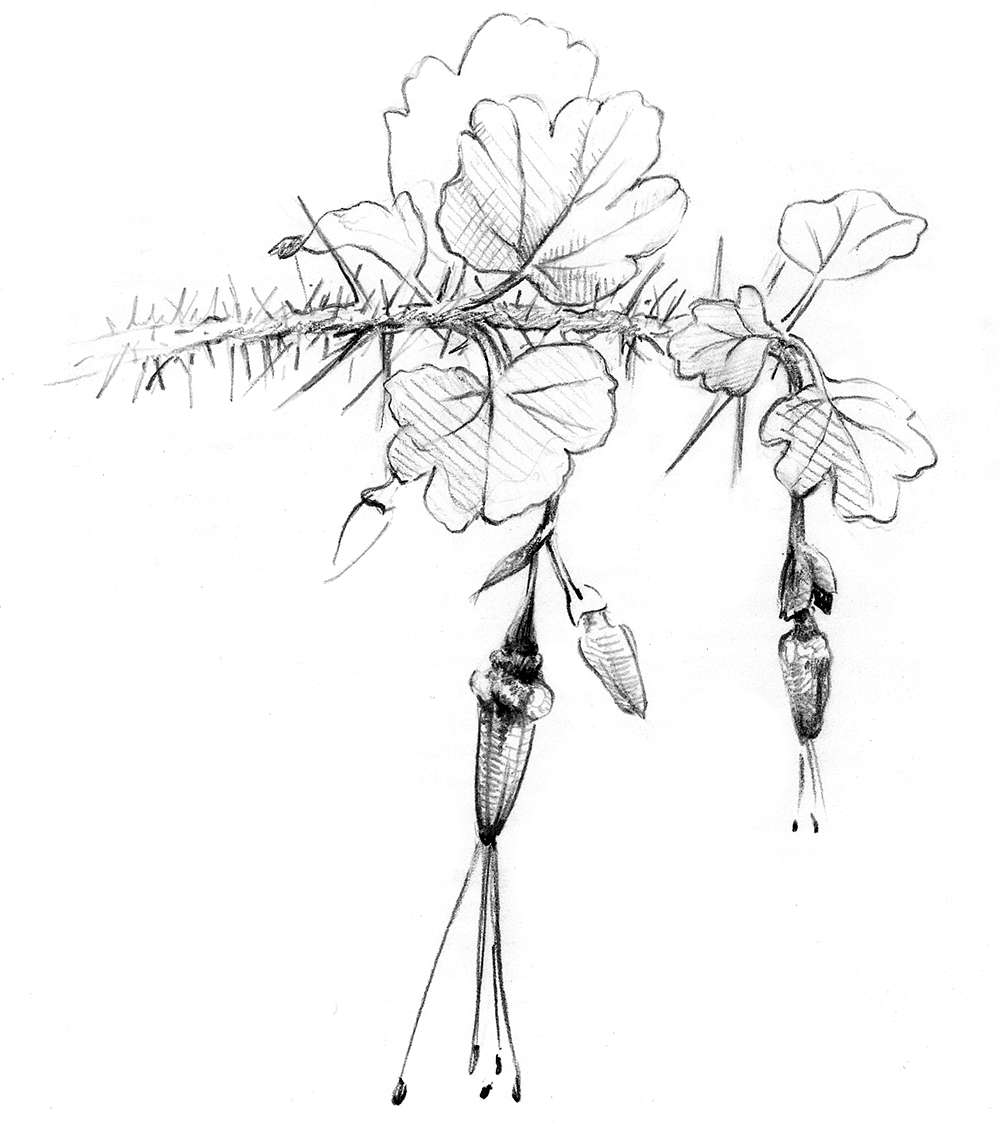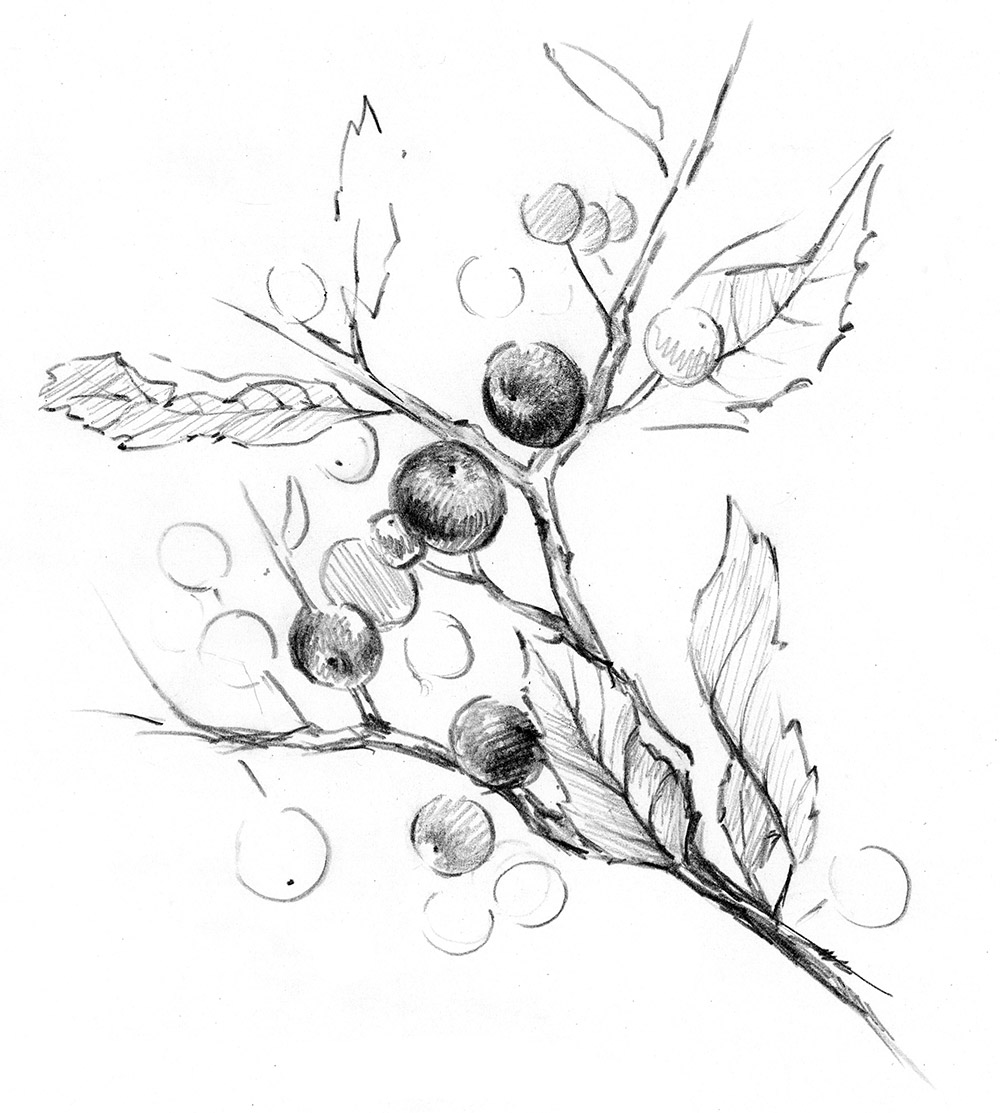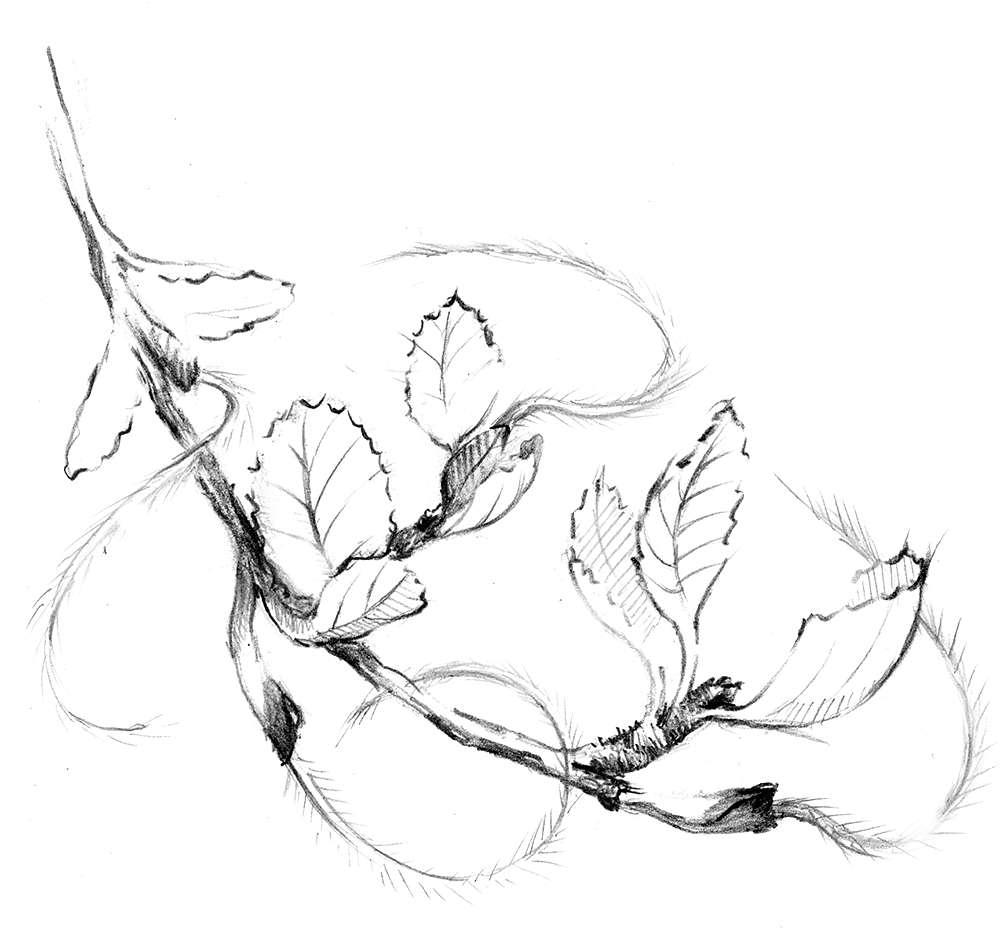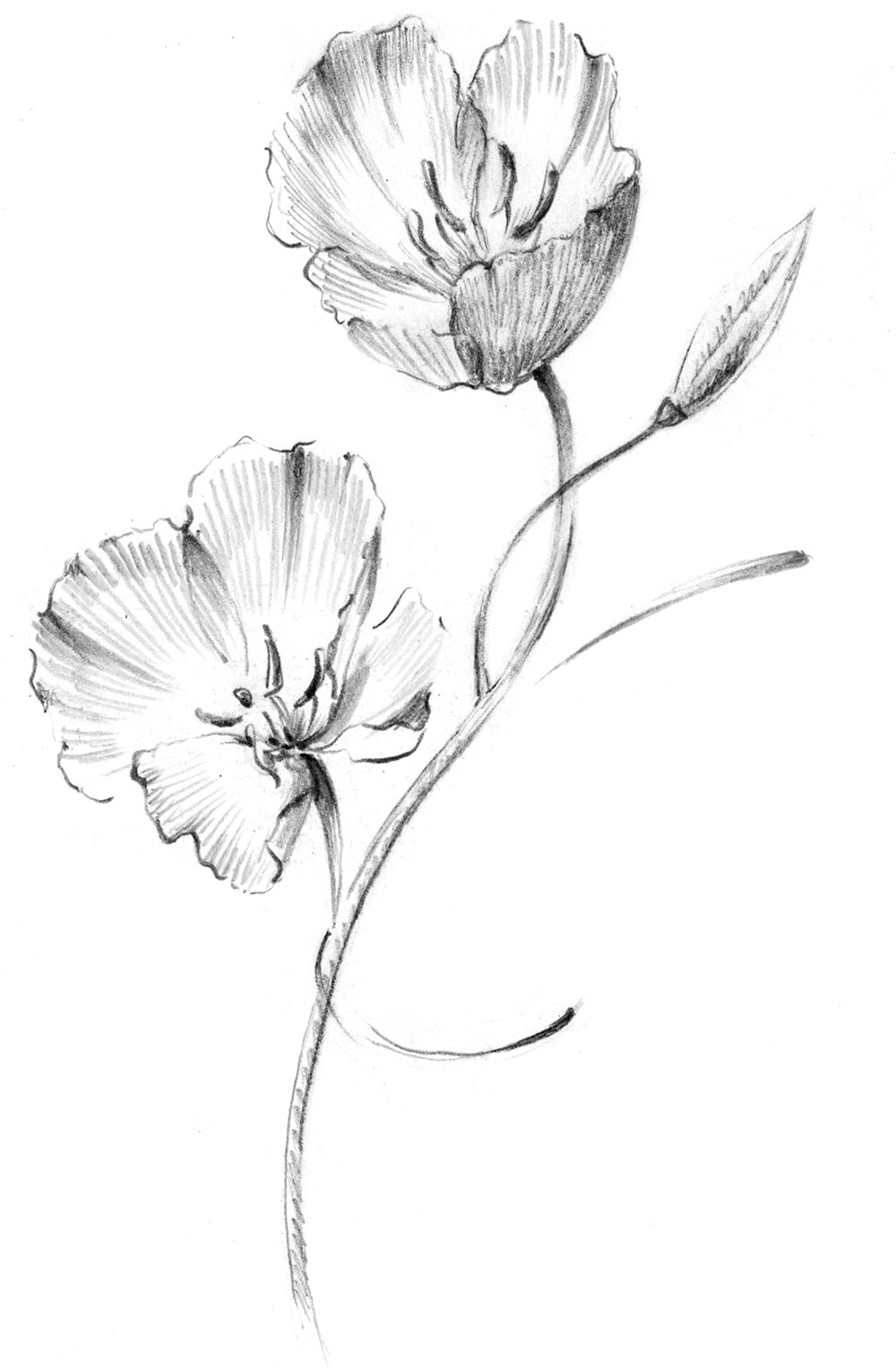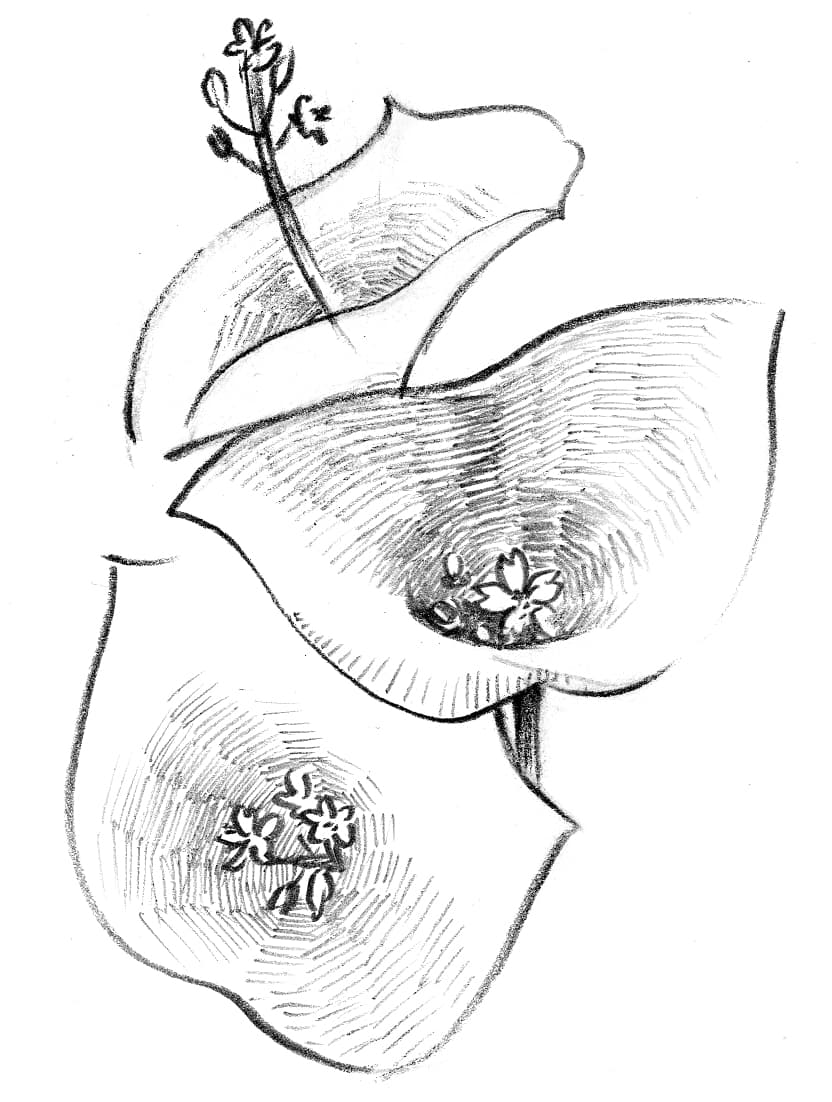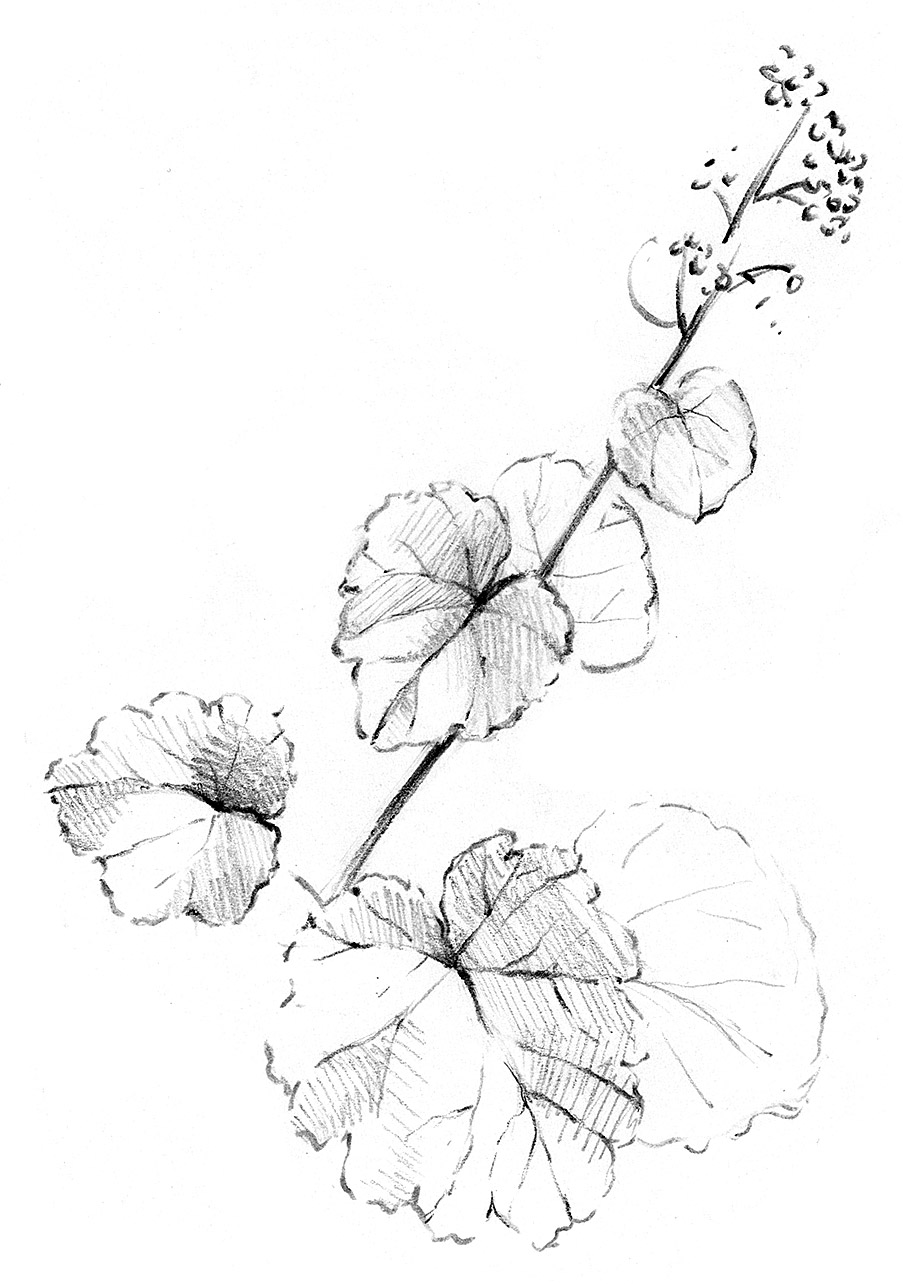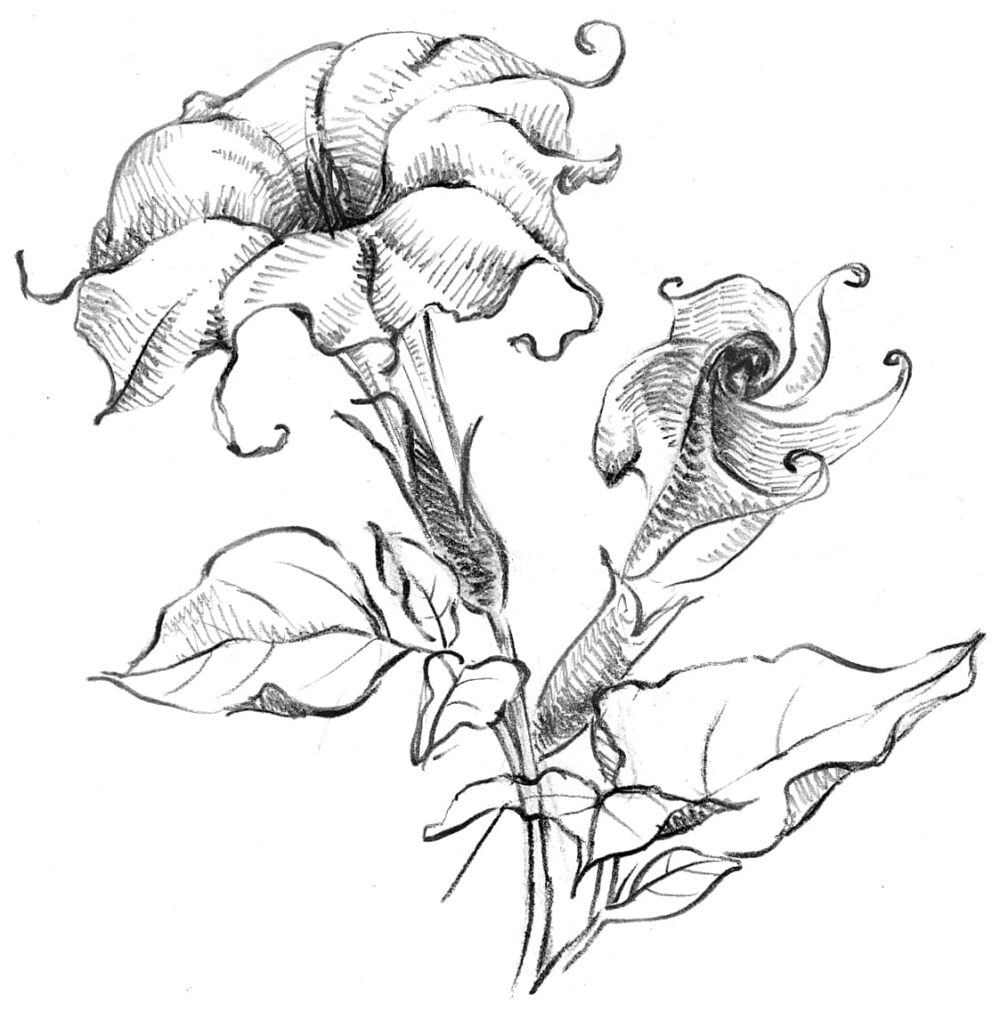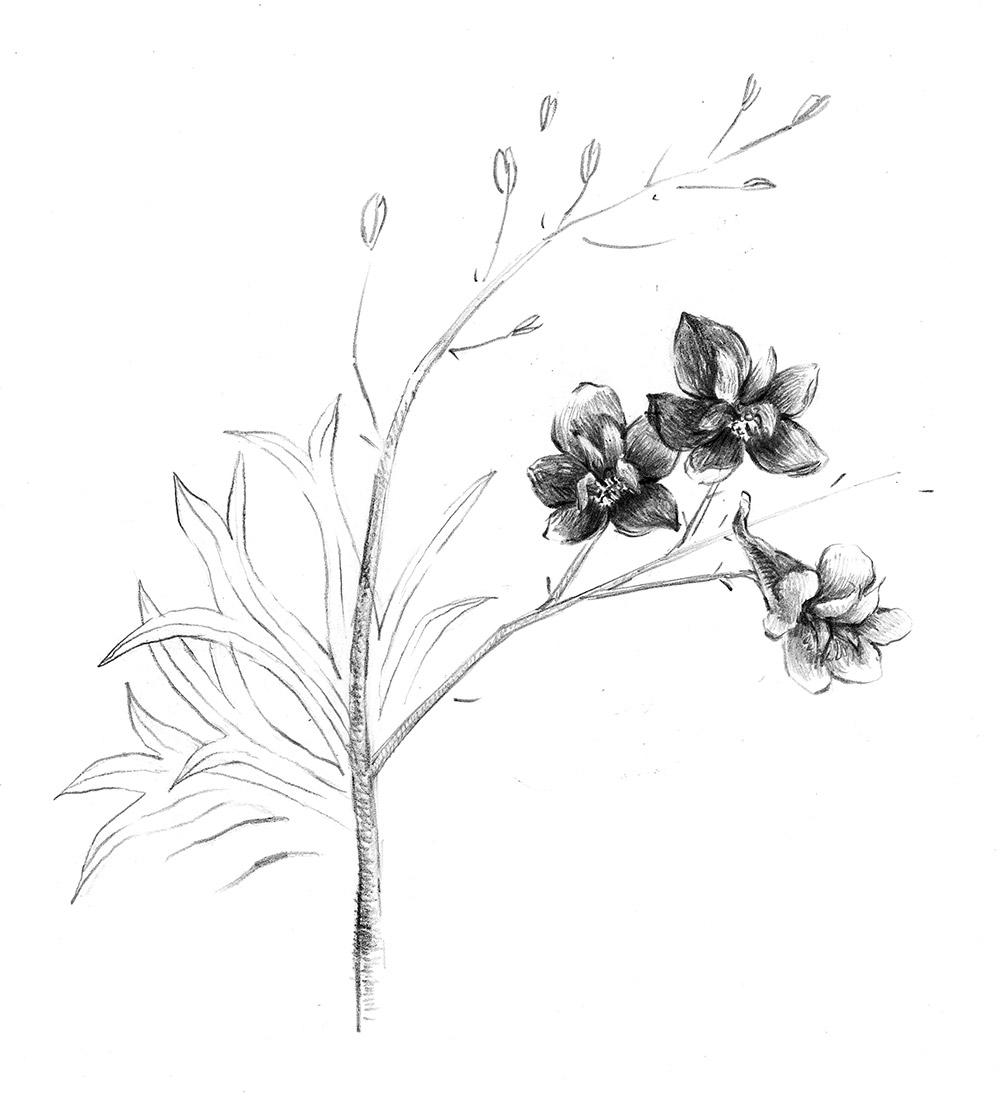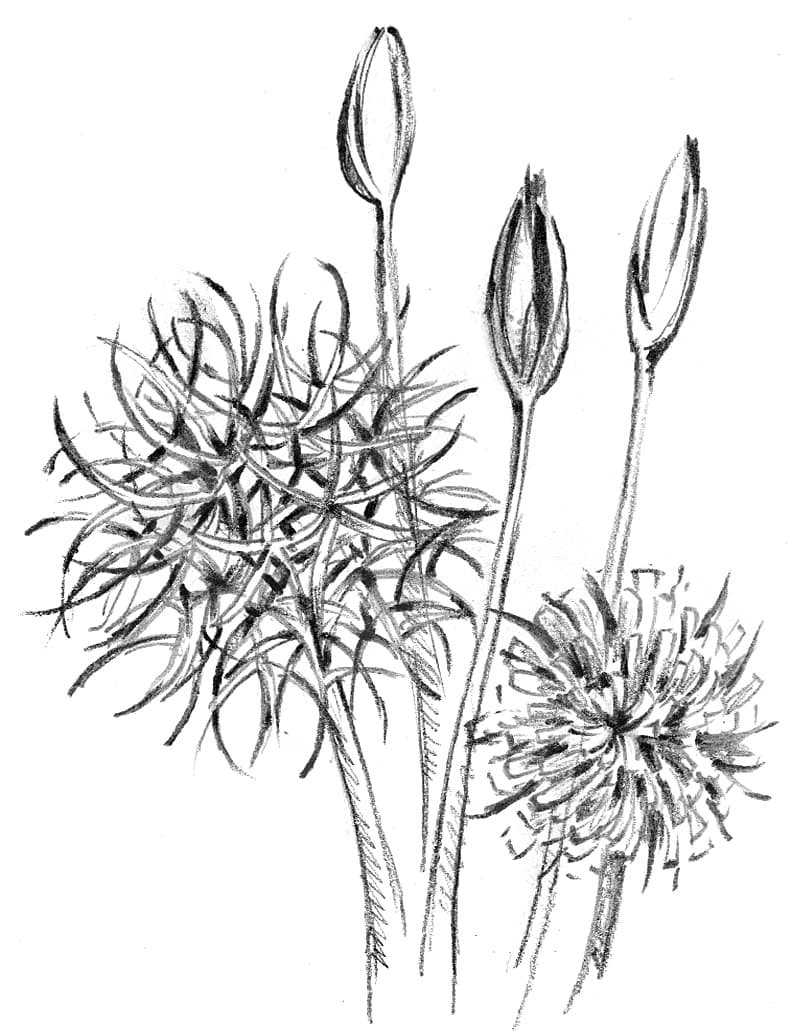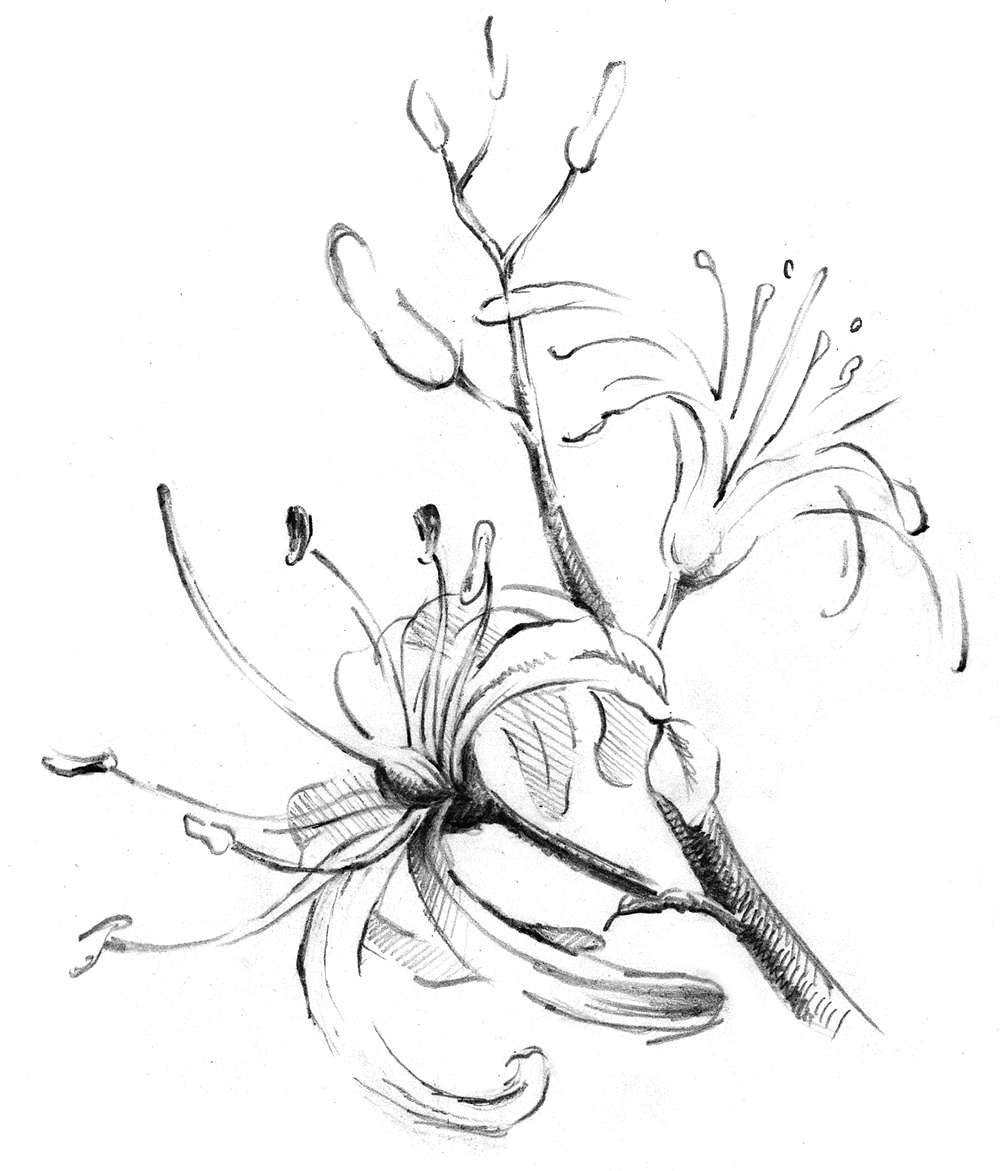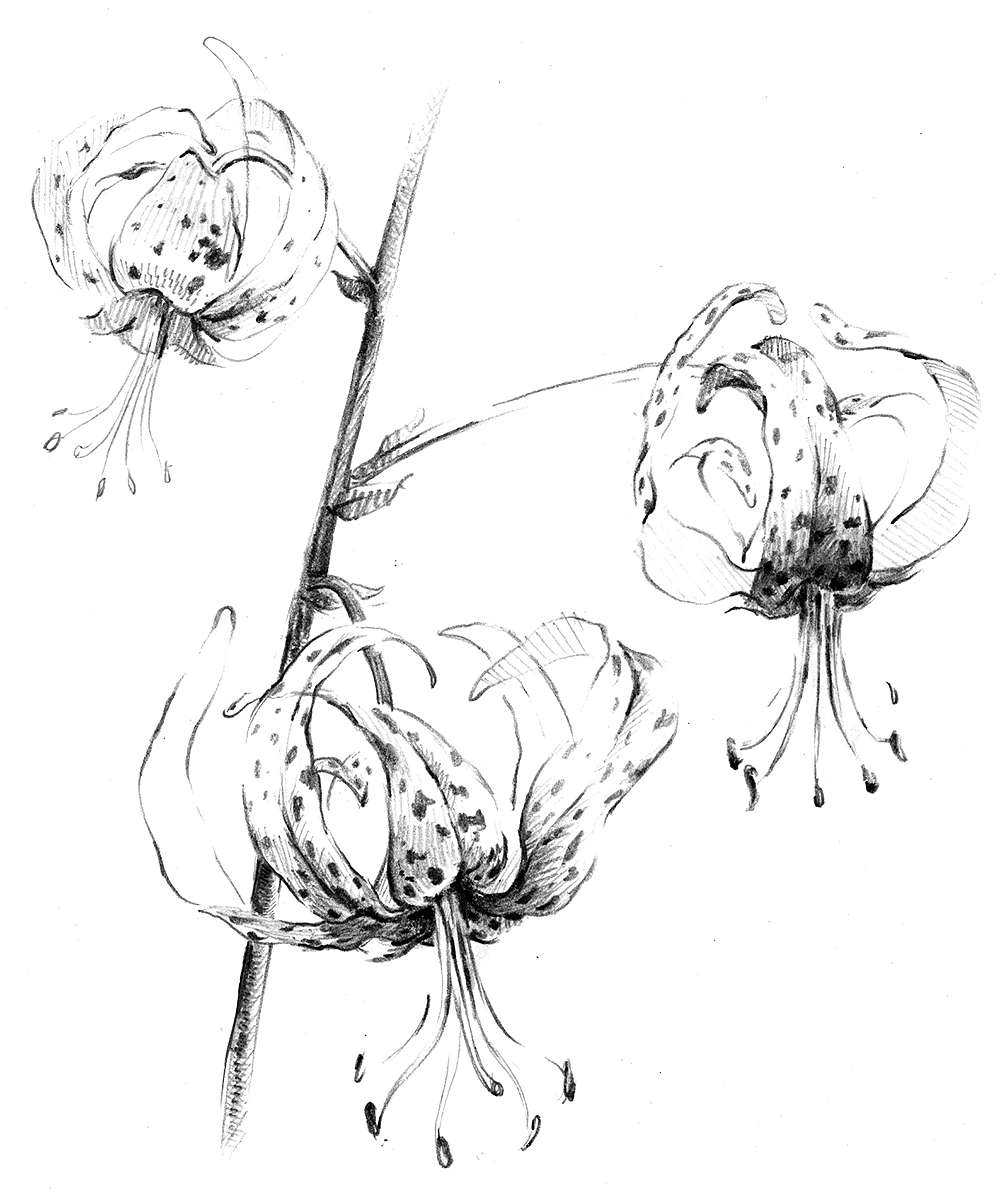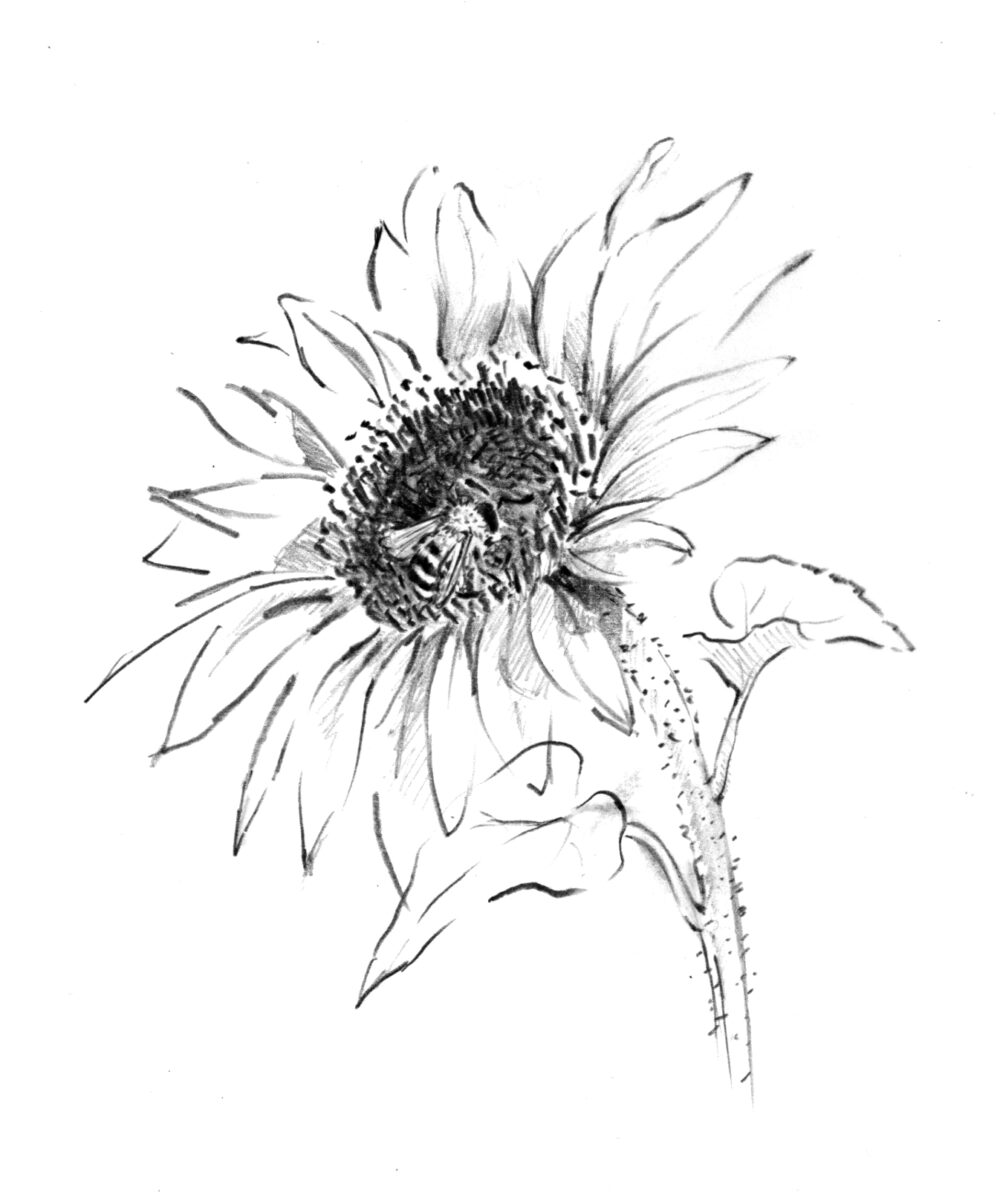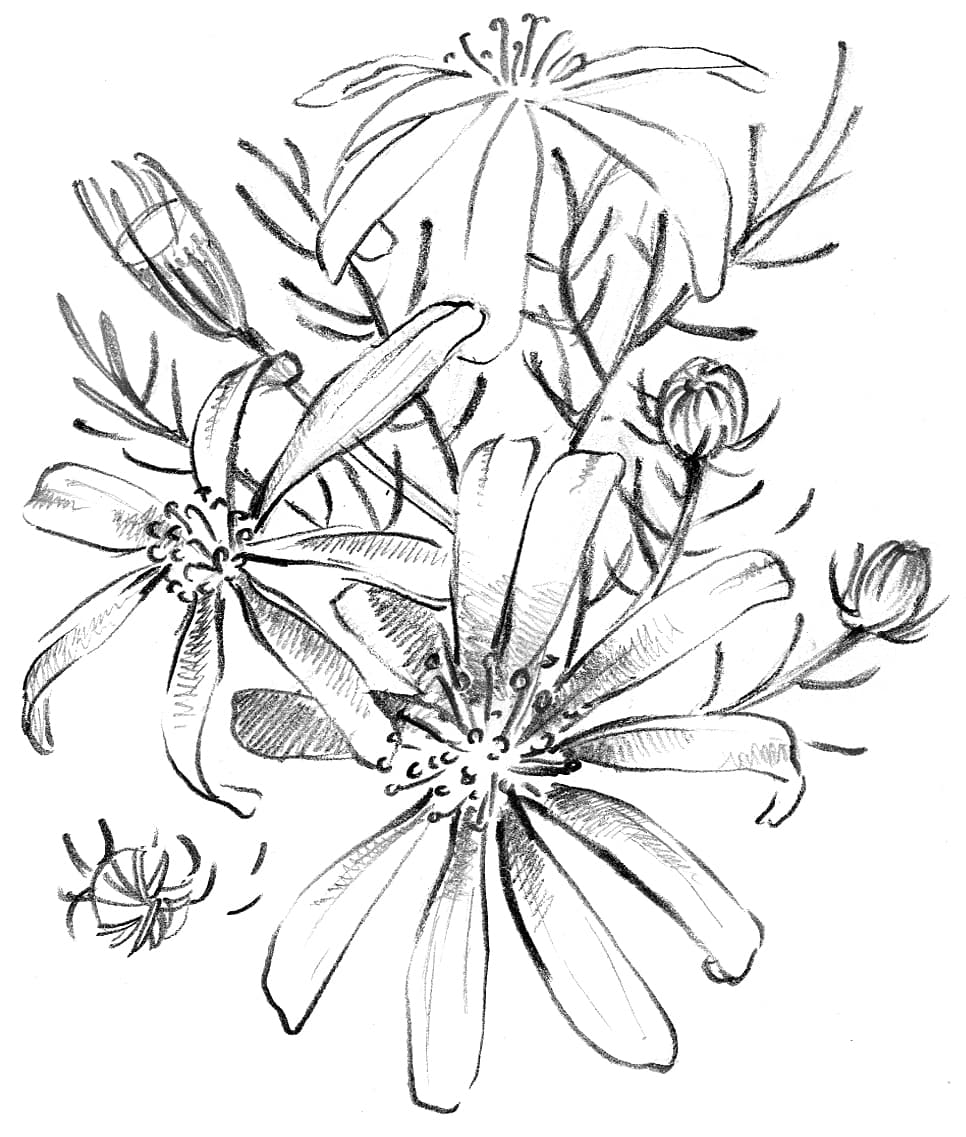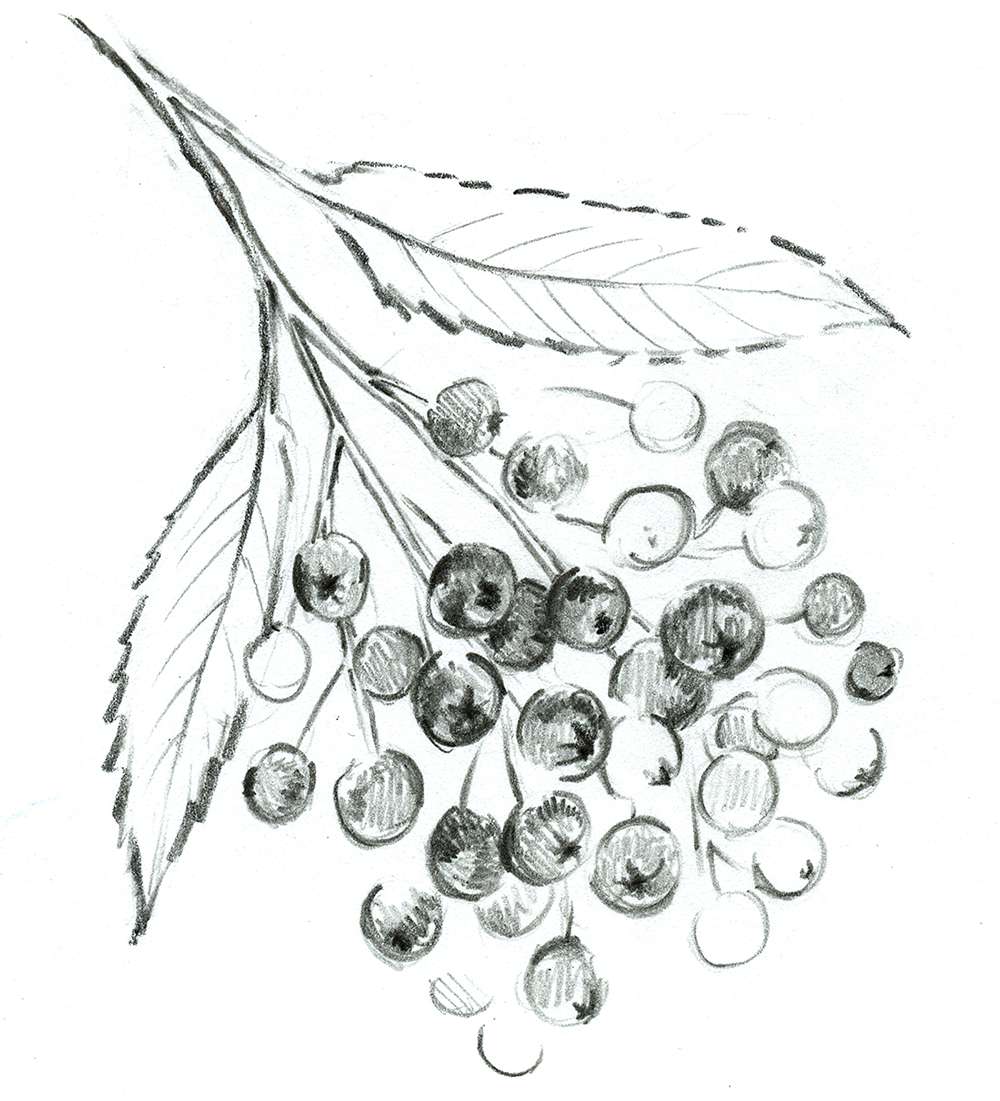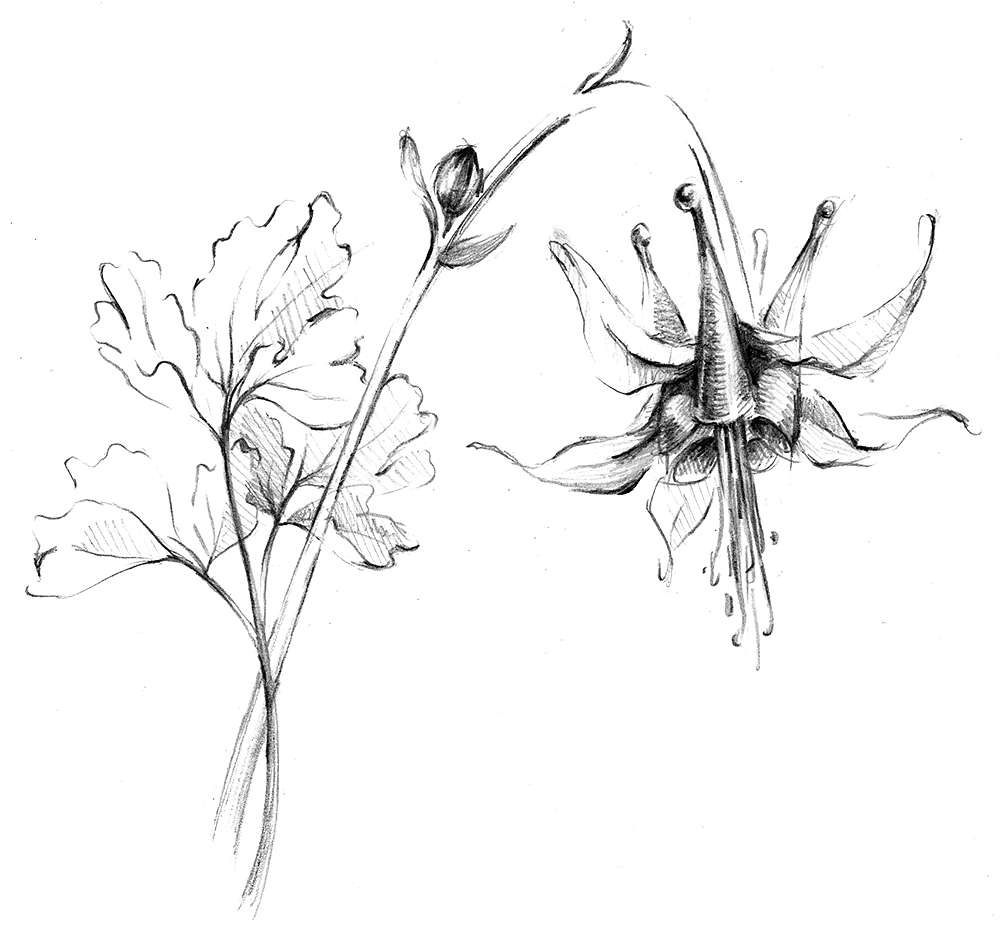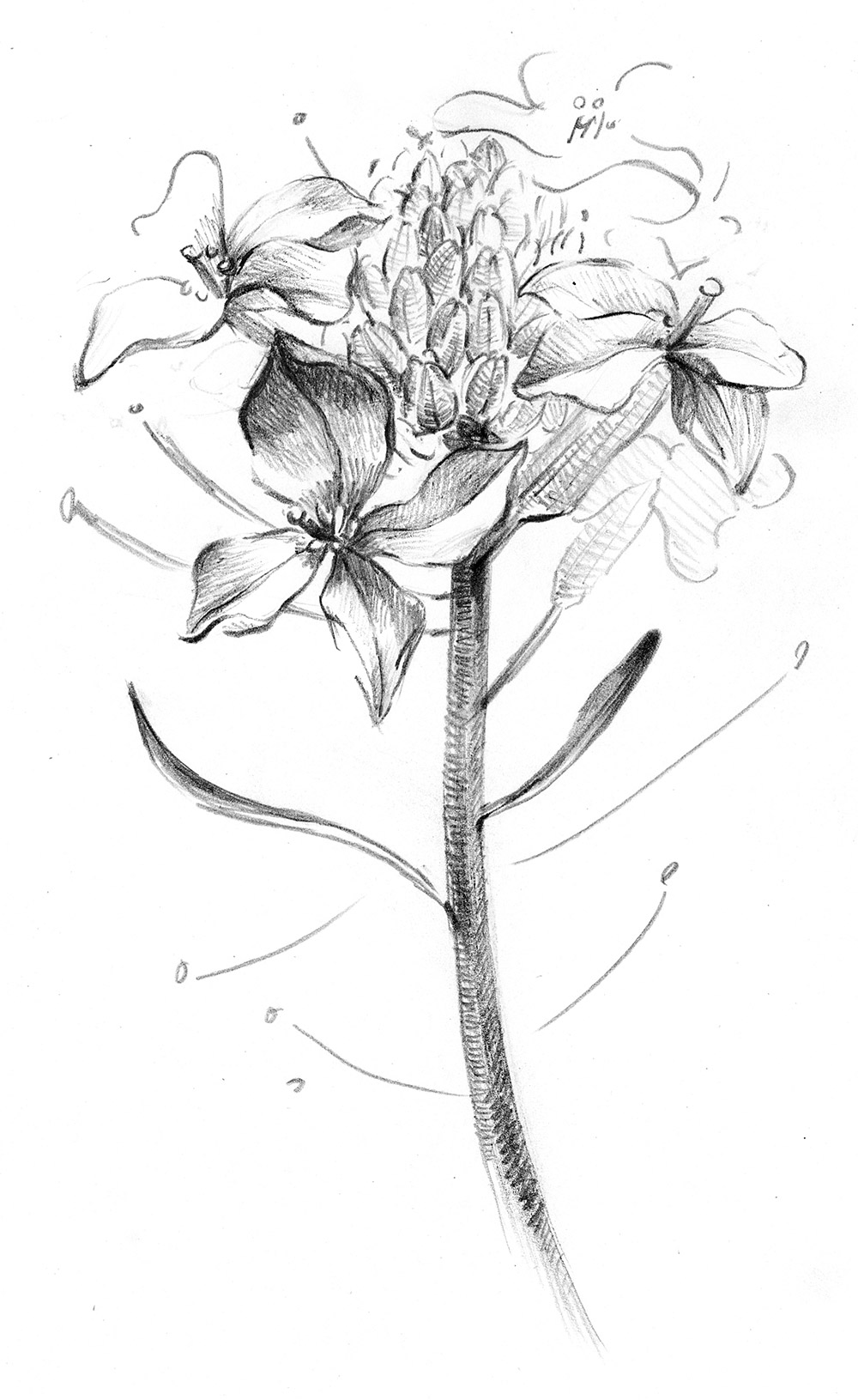The seeds for this sprawling annual originated from a plant that spontaneously appeared in a newly cleared area of the LANPS garden, making it one of those hyper-local, “If you weed it, they will come” species. Similar in size and shape to Caterpillar Phacelia (Phacelia cicutaria), Wild Heliotrope can similarly get quite large over the course of its short lifecycle, but the flowers held in its graceful cymes are a purple-y blue, rather than pale mauve. Butterflies go absolutely nuts for this plant, as do native (and non-native) bees.
Like other Phacelias, the stems of Wild Heliotrope are covered with tiny, glandular hairs that can be quite irritating to the skin when touched, so gloves are recommended whenever handling. If you leave the plants to die and drop their seeds as the soil dries out in early summer, you will be rewarded with fields of Wild Heliotrope the following spring (and we mean fields, so plan accordingly).
In cultivated landscapes, Phacelia distans is probably too large for a wildflower meadow, where it will quickly crowd out smaller species, but it’s a an excellent choice for seasonally “filling in” the bare spaces surrounding recently planted, larger shrubs while they’re establishing.

